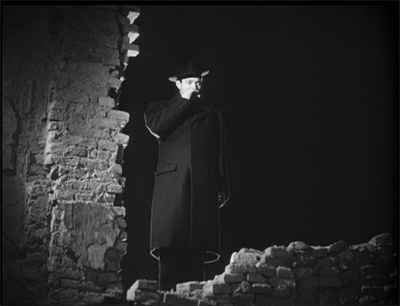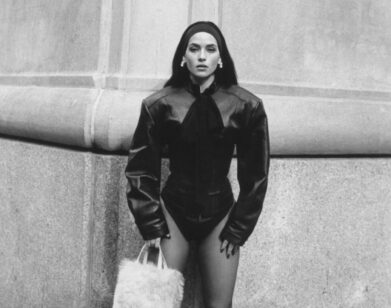Blu Crush

On Tuesday, the retro-cinema kingmakers at Criterion indulged home viewers with Blu-ray releases of four essential films: Nicholas Roeg’s art-house spin on science fiction starring a rufous-haired Bowie, The Man Who Fell to Earth (1976); Wes Anderson’s perfectly charming debut, Bottle Rocket (1996); Wong Kar-Wai’s kinetic ode to joyless youth, Chungking Express (1994); and Carol Reed’s superlative noir, The Third Man (1949). Viewing the high-definition transfers in saturated hues and staggering detail, once-forgettable tchotchkes become objects worth beholding.
The British Film Institute’s revered The Third Man stands as the quartet’s most inspired facelift because it’s shot in a silvery black-and-white rather than color, and because of its near-60-year-old source material. Criterion’s transfer approaches the beauty of bygone celluloid-its jaw-dropping richness is like luxurious whole milk after a life of the skimmed stuff.
Graham Greene penned the suspenseful, morally ambiguous “whodunit” and conjured the charismatic racketeer Harry Lime (Orson Welles with a clockwork smirk equal parts mystery and superiority). The story begins with the arrival of Lime’s chum Holly Martins (Welles-trouper Joseph Cotten) in dilapidated, Ally-divided, post-war Vienna—its baroque, bombed-out landscape even more spectacular in this touch-up. Then comes the news that Lime died in a suspicious smash-up amid reports of unspeakable black-market dealings. A minor pulp scribbler but a major maverick, Martins crafts intrigue around that would-be ending-he wants to “get to the bottom” and does so, through to the somber, tree-lined valediction with Lime’s girl (Alida Valli). Robert Krasker’s gorgeously atmospheric cinematography is redolent of the early Soviet filmmakers: Rembrandt-lit figures in empty alleyways scurry through canted angles, reflecting the narrative’s seesawing psychology.
Critics often refer to The Third Man as a serendipitous production, the across-the-pond parallel of Casablanca, for its happy confluence of exceptional talent. But, as baseball manager Branch Rickey once contested, “luck is the residue of design,” and, in cinema’s canon, there are few better custodians than Reed, helmer of Brit classics like Fallen Idol and Odd Man Out. It was Reed who discovered Anton Karas, composer of the exquisite, Django-ing all-zither score, at the film’s Vienna reception-truly, a daemon in the rough.
Blu-ray discs hold more memory, so the extras are sundry and stellar, from the U.S. version’s alternative opening narration to parsing commentary by filmmakers Steven Soderbergh and Tony Gilroy. Next month, look forward to Vittorio Storaro’s ravishing, color theory cinematography for Bernardo Bertolucci’s The Last Emperor and, on March 24, François Truffaut’s beloved bildungsroman, 400 Blows.






